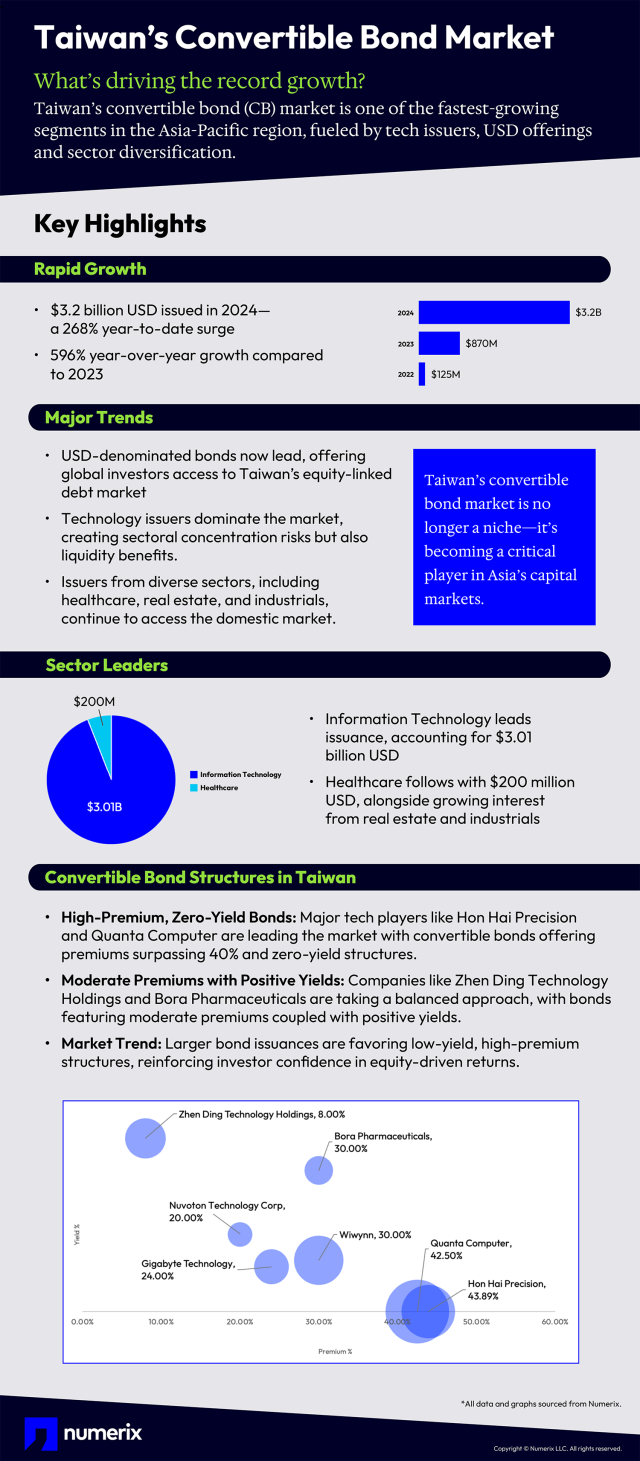3 Ways to Optimize Risk Management in Unpredictable Markets
Recently, the capital markets have been hit hard with soaring inflation, severe geopolitical tensions and climbing interest rates. Just last week, the Federal Reserve raised short-term interest rates by 0.25%, spiking rates to the highest level in 22 years, in ongoing efforts to combat inflation.*
So, with all the complexity and unpredictability at hand, how can market participants continue to remain competitive? A good place to start is to increase focus on strengthening your risk mitigation strategies. Below, we share three proven ways you can improve your risk management function in order to prepare for the inevitable uncertainty that lies ahead.
1. Beef Up Stress Testing
Stress testing is an essential tool for viewing the “big picture.” And while stress testing is nothing new, it is not always properly entrenched into firms’ risk management processes. However, it can be an essential way to identify vulnerabilities across a business.
Stress testing needs to be viewed as more than just a box-ticking exercise, but rather a valuable tool to assess how a business will fare in the face of change and unexpected market events. Putting together potential scenarios and testing against them can identify emerging risks and improve a firm’s resilience in the long term. Effective stress testing should identify unknown weaknesses and provide an indication of how to strengthen a risk management framework. Stress testing should also assess and quantify an institution’s vulnerabilities under multiple unfavorable scenarios. Once the potential downside is understood, you can take proactive steps to reduce or mitigate those risks.
2. Incorporate Better Quality Data
Data is the lifeblood of finance. There is no question that risk management is increasingly dependent on data and the importance of embedded powerful data analytics has only grown over the past few years.
Firms are now under pressure to deploy updated risk models and run calculations for analysis more frequently, with the aim of optimizing risk management. At the same time, financial institutions are looking to improve profitability by making better business decisions and making them faster. At the center of this objective is the need for real-time data, which requires a high-performance database that delivers millisecond response times and can store data from multiple data sources. Data is also needed in greater volumes and at much greater levels of granularity than ever before. In addition to regulatory requirements for better data transparency, the business side demands more information that relies on data.
3. Leverage Real-time Risk Analytics
Real-time risk analytics have become a crucial component of effective risk management, offering immediate insights by transforming collected data into actionable information. By utilizing data streams, real-time risk analytics provide organizations with a current view of their risk exposure. This enables risk managers to monitor metrics, trends, and the progress of risk-related activities in real-time, facilitating informed decision-making.
Traders and portfolio managers reap major benefits from real-time risk analytics as it provides them with up-to-date market intelligence, enabling data-driven decision-making instead of relying on intuition or outdated information. Thus, firms have taken notice and are increasingly investing in analytical capabilities and integrating them with big data solutions to manage risk effectively amidst macroeconomic challenges. By embracing real-time analytics, organizations gain a competitive edge, as they can tackle complex problems, swiftly respond to evolving economic trends, and position themselves as leaders in today's data-driven financial landscape. Fortunately, advancements in technology have made real-time risk management affordable and attainable for organizations of all sizes.
Download our Detailed Risk Management Guide
For a deeper dive into this topic, be sure to download: For the Capital Markets, Every Risk Playbook Needs to Implement These 6 Themes. Here we provide further detail on the points discussed in this blog and disclose three more key strategies for improving risk management.
*What the Fed’s July 2023 Rate Hike Means for Savings and CDs - Buy Side from WSJ


